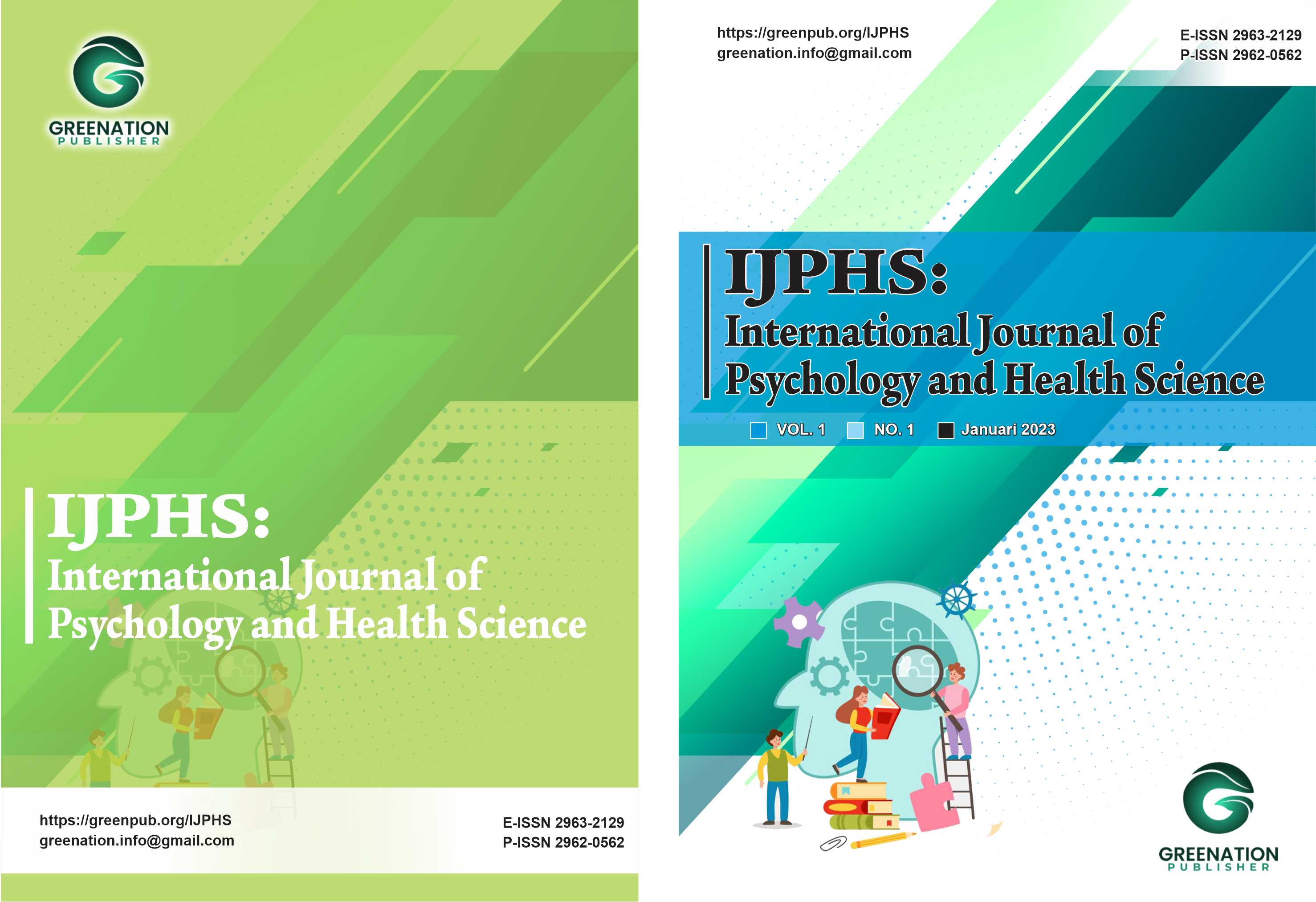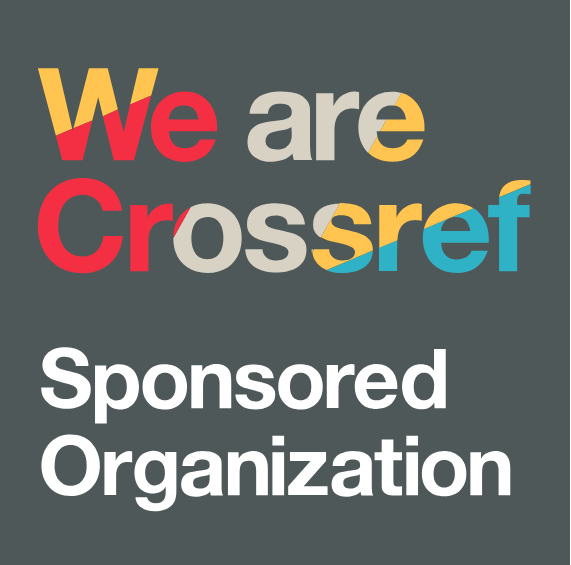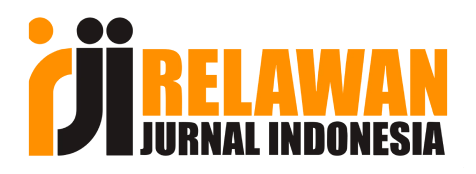Analysis of HR Function Effectiveness on Employee Performance Through the HR Analytics Approach in a Type A Hospital in Bandung
DOI:
https://doi.org/10.38035/ijphs.v3i3.1340Keywords:
HRD, HR Analytics, Employee Performance, Hospital Management, Workforce ProductivityAbstract
The present study analyzes the effectiveness of Human Resource Development (HRD) in improving employee performance through the application of HR Analytics in a Type A hospital in Bandung. HRD is recognized as a strategic function in aligning human resource management with organizational goals and regulatory demands, while HR Analytics offers the potential to transform administrative data into actionable insights for decision-making. Using a quantitative survey method, data were collected through questionnaires and analyzed with standard statistical procedures to assess validity, reliability, correlation, and descriptive trends. The findings highlight the significant contribution of HRD to employee performance, yet also reveal that the hospital’s use of HR Analytics within its human resource information system remains largely administrative rather than strategic. The study concludes that hospitals need to enhance their HRD strategies by embedding data-driven practices, thereby fostering sustainable productivity and improved quality of care.
References
Cohen, J. (2013). Statistical power analysis for the behavioral sciences (2nd ed.). Routledge.
Dessler, G. (2020). Human resource management (16th ed.). Pearson.
Ghozali, I. (2018). Aplikasi analisis multivariate dengan program IBM SPSS 25. Badan Penerbit Universitas Diponegoro.
Hair, J. F., Black, W. C., Babin, B. J., & Anderson, R. E. (2019). Multivariate data analysis (8th ed.). Cengage Learning.
Levenson, A. (2018). Using workforce analytics to improve strategy execution. Human Resource Management, 57(3), 685–700.
Mangkunegara, A. A. P. (2017). Manajemen Sumber Daya Manusia Perusahaan. Bandung: Remaja Rosdakarya.
Margherita, A., & Bua, I. (2021). HR analytics capabilities and organizational value creation: Evidence from Italian firms. The International Journal of Human Resource Management, 32(3), 540–570.
Marler, J. H., & Boudreau, J. W. (2017). An evidence-based review of HR Analytics. The International Journal of Human Resource Management, 28(1), 3–26.
Minbaeva, D. (2018). Building credible human capital analytics for organizational competitive advantage. Human Resource Management, 57(3), 701–713.
Putri, E. F., & Hidayati, R. (2022). Pelatihan dan Kompetensi terhadap Kinerja Karyawan. Jurnal Productivity, 4(2)
Razali, N. M., & Wah, Y. B. (2011). Power comparisons of Shapiro-Wilk, Kolmogorov-Smirnov, Lilliefors and Anderson-Darling tests. Journal of Statistical Modeling and Analytics, 2(1), 21–33.
Robbins, S. P., & Judge, T. A. (2017). Organizational Behavior (17th ed.). New Jersey: Pearson Education.
Sahadewa, G., & Rahmawati, I. (2021). Beban Kerja dan Konflik Peran terhadap Kinerja Dimoderasi Dukungan Sosial. Jurnal Productivity, 3(1).
Santoso, B., & Pratama, Y. (2022). HR Analytics: Transformasi Pengelolaan SDM di Era Digital. Jurnal Teknologi Informasi dan Bisnis, 8(2), 77–85.
Sedarmayanti. (2017). Manajemen Sumber Daya Manusia: Reformasi Birokrasi dan Manajemen Pegawai Negeri Sipil. Bandung: Refika Aditama.
Sugiyono. (2014). Metode penelitian bisnis: Pendekatan kuantitatif, kualitatif, dan R&D (Cet. ke-18). Bandung: Alfabeta.
Werner, J. M., & DeSimone, R. L. (2012). Human resources development (6th ed.). South-Western Cengage Learning.
Downloads
Published
Issue
Section
License
Copyright (c) 2025 Muthia Aura Maharani, Nurul Dwi Ariyani

This work is licensed under a Creative Commons Attribution 4.0 International License.
Authors who publish their manuscripts in this journal agree to the following conditions:
- The copyright on each article belongs to the author(s).
- The author acknowledges that the International Journal of Psycology and Healt Science (IJPHS) has the right to be the first to publish with a Creative Commons Attribution 4.0 International license (Attribution 4.0 International (CC BY 4.0).
- Authors can submit articles separately, arrange for the non-exclusive distribution of manuscripts that have been published in this journal into other versions (e.g., sent to the author's institutional repository, publication into books, etc.), by acknowledging that the manuscript has been published for the first time in the IJPHS.






















